ESP8266, chips in a can
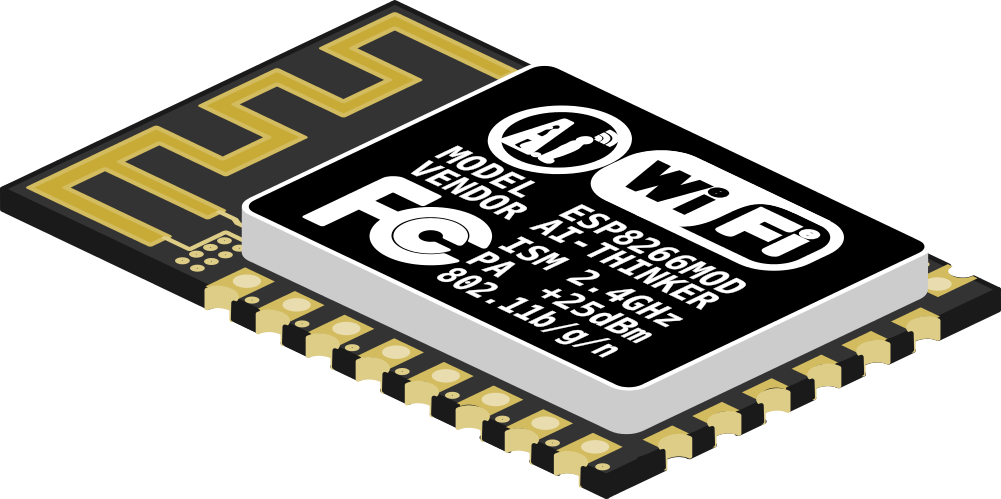
They are pretty little things and pack quite a punch even though the ports are limited. Only the two rows down the sides are free, and there are considerations.
After consulting with a couple of experts (Cheers @Arsenijs @david, @RoGeorge) I discovered I had a dead chip that refused to communicate although confusingly it did boot up. Apparently this is something of a lottery and other users have had failed boards so this is something to watch out for.
I bought mine as a Lua NodeMCU kit so I had the required pin-headers and a 3.3v Voltage Regulator as it uses lower power than standard TTL. I already have a USB USART to communicate with it. They are simple to use, so I thought it would be dead easy to do.
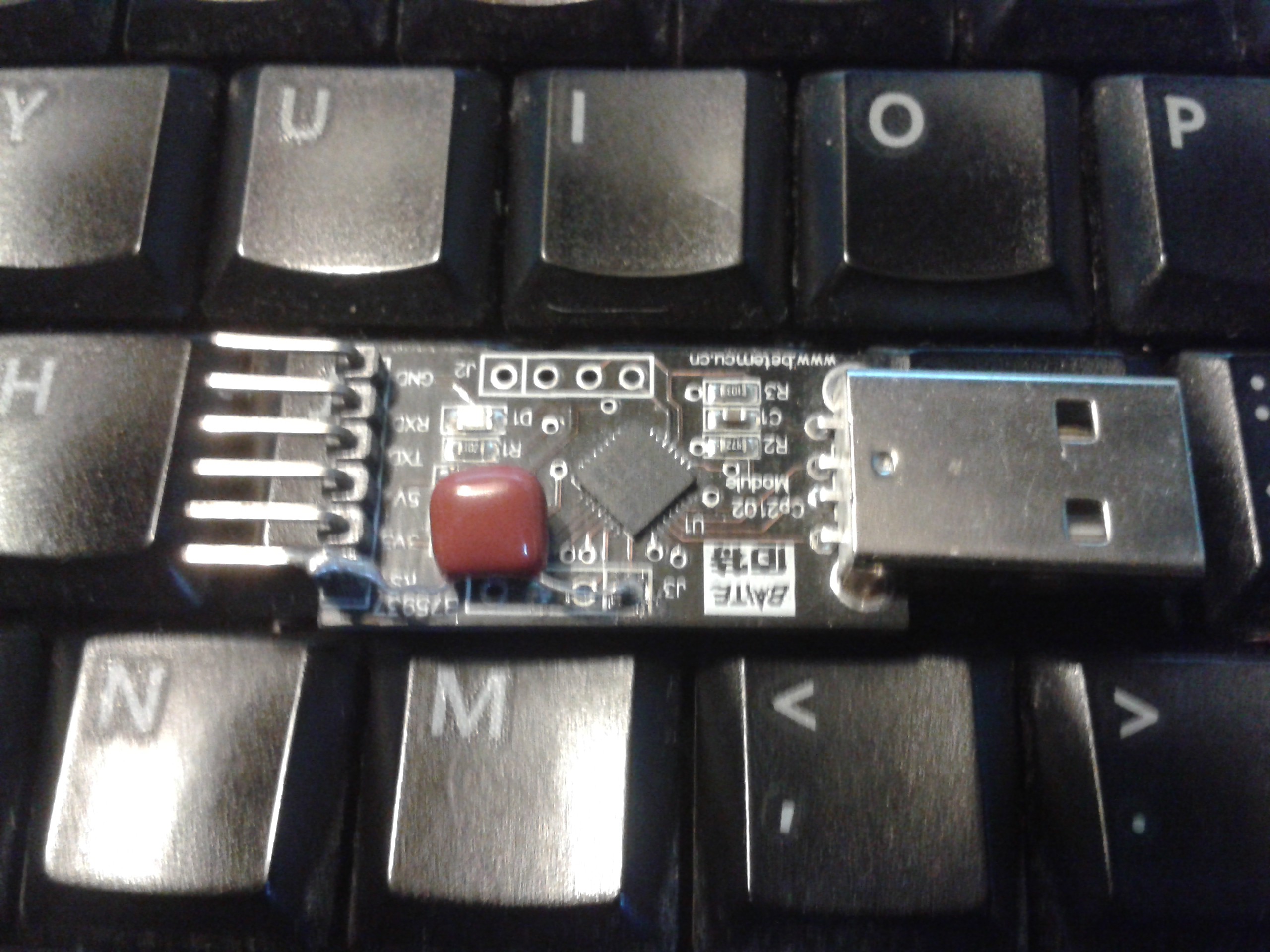
A Baite CP2102 USB USART. These things proved to be a nuisance when I bought them years ago. Although they supply 3.3v as well as 5v on the header, they wont drive a ESP properly and suffer from power supply issues although they will power an ATMega or similar which draws less current.
They also have the legend printed client-side, so the TX pin is labelled RX because that is what it connects to. It took a lot of swearing and eventually a scope to find this out, usually pins are labelled using the convention of what they actually are. And to garnish the plate, the 2102 USART doesnt carry the correct reset signal out of the chip, so I've cut a track and bridged the DTR signal that the host uses as a transport. DTR is a rising-edge signal, and the Megas use a falling edge on their reset line, so a small capacitor behaves as an inverter and pulls it low when DTR toggles. This is built into more modern chips but it's worth knowing.
ESP8266 doesnt behave the same as an ATMega
When a Mega resets using Arduino's software, the bootloader pauses and waits for a programming code, then boots the program stored in its memory if it doesnt get one. An ESP expects to have GPIO0 held down while it boots. This isnt easy to do, although its less of a lottery than trying to program a Mega without a reset signal. Again, Arsenijs kindly explained the obvious steps that you wont find on the internet unless you bought from Adafruit. They are hideously expensive and the delivery to the UK is extortionate as well, so I bought mine off eBay...
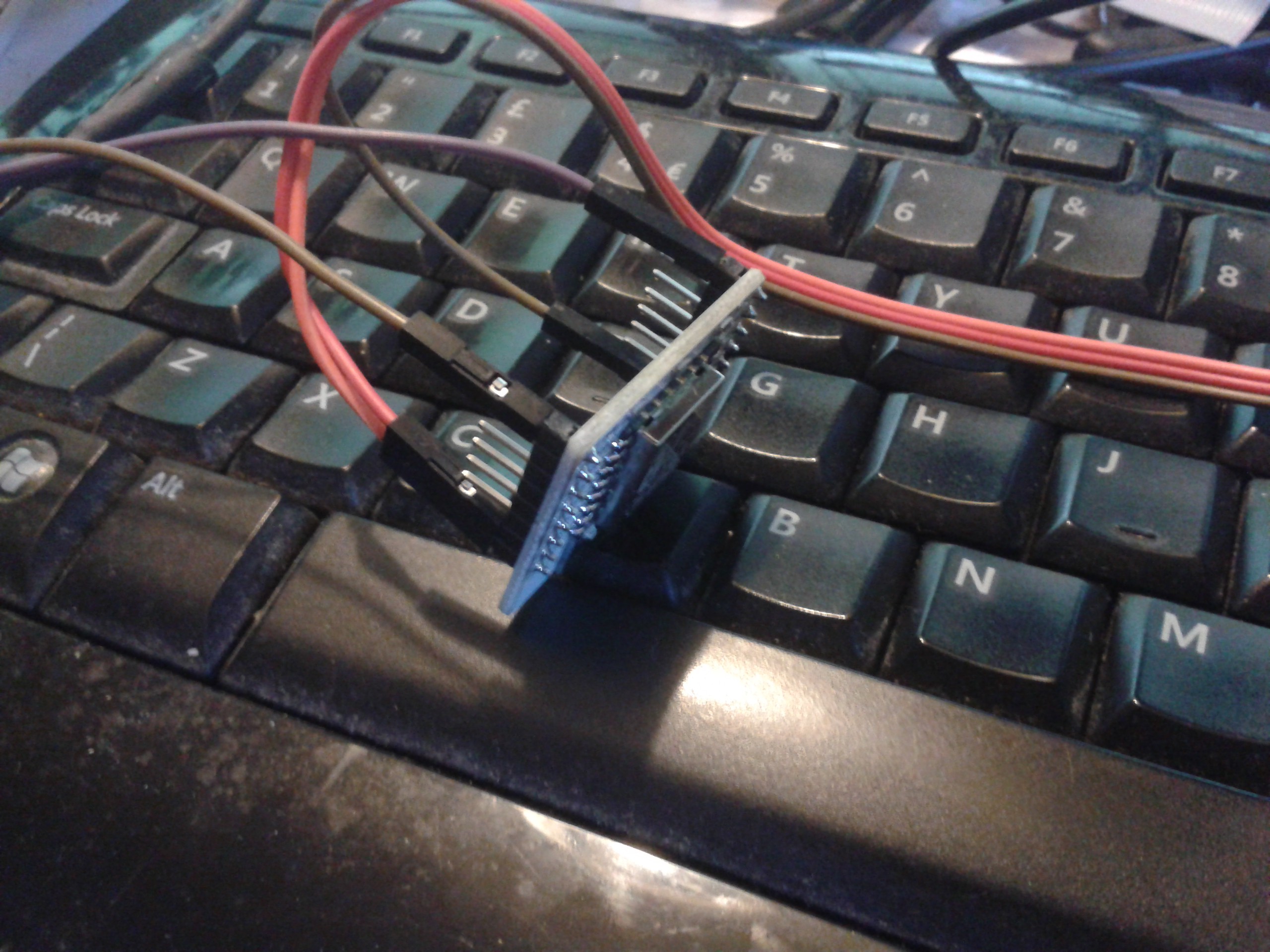
Trying to jumper the breakout board was a pain, so in the end I took a bit of strip-board and made a programmer from a cut-down IDE connector and a couple of buttons for RST and GPIO0. (Thats not Blu-Tack, its epoxy putty to hold the headers in place because the IDC connectors dont fit stripboard very well) To enter programming mode, hold down RST, then GPIO0, and finally release RST while still holding GPIO0 down. You only need to do this with Arduino, once MicroPython is installed it has a shell you can talk to to transfer software.
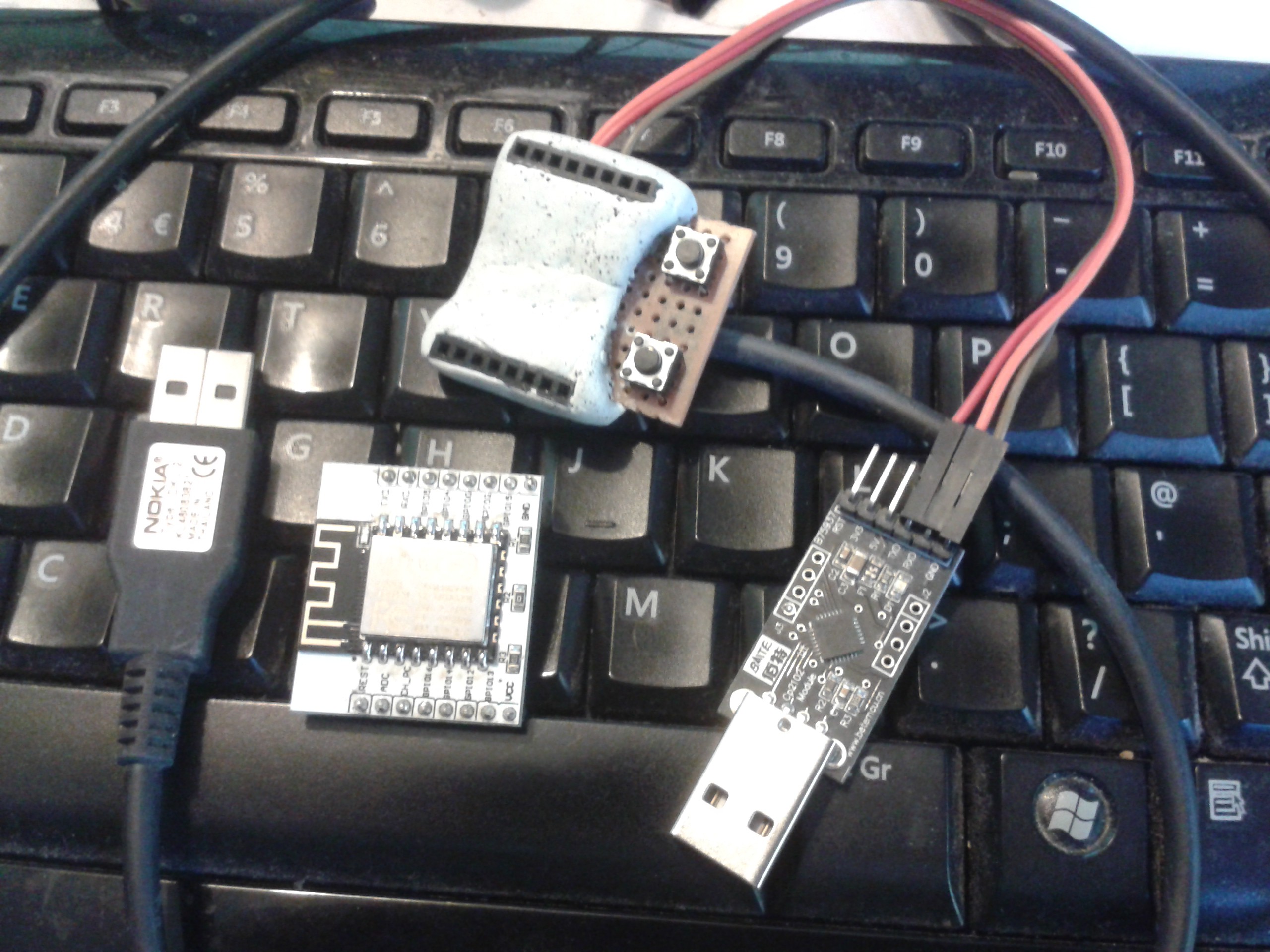
Finally
By now I was getting excited, after the dead board and all the messing about I finally got a heartbeat, I burned Blink on it, but the only LED is on the TX so I then tried the Serial examples from the Arduino IDE. Perfect, they all uploaded with no trouble at all and Lua was gone.
Next I downloaded MicroPython and burned that to the board following the instructions, and verified it worked in Arduino's Serial Terminal briefly but I didnt want to develop in that...
I loaded up CU, an ancient command-line terminal program that fell off the Unix wagon early on and I've been using ever since in Linux but for some bizarre reason all it would do is receive from the ESP. I tried carriage return and linefeed options, flow control and switched to plain ANSI but nothing made a difference. CU isnt very friendly, so I tried Minicom and that was the same. I also briefly loaded Python's Serial library which worked without trouble, but I didnt want to write a terminal myself.
I found out from Putty that there's something hinkey with the transport layer in Linux that doesnt like the USB, but at least it worked even if it did complain bitterly about every character it got back.

Arsenijs...
Read more » Morning.Star
Morning.Star



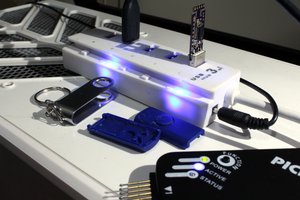
 Jarrett
Jarrett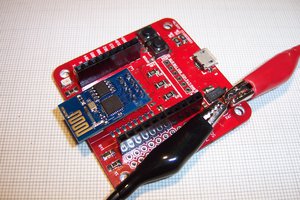
 Stefan Lochbrunner
Stefan Lochbrunner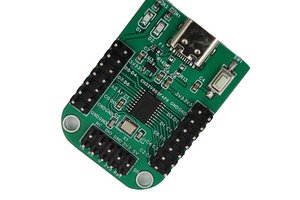
 CanHobby.ca
CanHobby.ca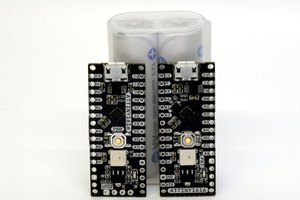
 andriy.malyshenko
andriy.malyshenko
reminds me of the hassle I've had when I started with #Ignore this ESP8266 board - accidentally switching RX and TX ... installing everything and make it work for me... but now it's all "hook up FTDI adapter and start arduino" or just buy a Wemos D1 mini - they're cheap and easy to start with.